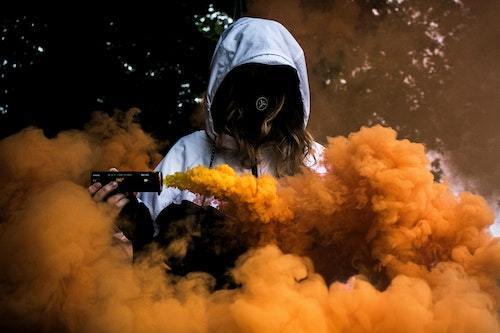Letting Our Characters Live in Their World

We write the world that our characters live in, NaNo guest Abigail McGovern reminds us that creating real people on the page is key to making our stories believable.
Writers know that characters are the lifeblood of any good story, from the gallant hero down to the little old woman who runs their favorite shop. These characters make a fictional world, of any genre, come to life in a way readers recognize and relate to. It is our job as writers to make sure the readers feel that connection.
For me, characterization is simultaneously the best, most rewarding part of being a writer, and the most difficult. Sometimes, it’s like being a mother. I am so proud of what my characters accomplish on the page, and of who they become over the course of their story. They make me smile and laugh, and sometimes cry with frustration. Because characterization is also a delicate balancing act. How do we make sure they seem real, without distracting from the plot? Without losing track of the story, or filling it with unnecessary fluff? How much personality is TOO much personality?
When I first started writing, characterization was easy for me. I was a kid, I already loved characters who made me laugh. So I gave my characters’ quirks: a fierce love of One Direction songs, only wearing the color red, a very strange recurring obsession with chocolate chip pancakes. It never occurred to me to let that impact the progress of the plot, or even that it might. To me, these things were just a part of what made my character into people.
But the more seriously and professionally we write, the more these things get in our heads.We stress about whether those quirks distract from the storyline, if our characters seem too ridiculous, or if they’re moving the plot forward.
So I try to focus on the plot, try to cut out goofy moments, try to keep the story moving. And the result: they feel like cardboard. This story could belong to anyone, with any name.
This is why characterization can be so difficult, and why it traps so many of us writers.
When we get too hung up in trying to make characters fit into a plot, the story stops being about them. And when the story stops being about them, the readers stop caring. The plot is important, of course, it is, and so is your story-world. But your characters are the ones who live in it.
The plot and the world matter because they matter to those who inhabit them.
So when it comes to characterization, let your characters live. Make them unique and goofy and distinct. Give them quirks and flaws. Let them love coffee, but only if it’s black. Or bite their nails to the quick. Or wear only red. Or hate to talk on the phone.
When we build characters and give them backgrounds that fit into our worlds and plots, these things will start to come about naturally anyway, as a part of what makes their voices distinct. All of us as writers need to lean into those quirks, no matter how goofy or strange. Because humans are goofy and strange. Let the people who populate your fictional worlds be too, and when they start to come to life on the page, don’t stifle them.
This is advice I’m still learning to take in my own writing, to reconnect with the younger self who loved creating characters, who was proud of them. But ultimately, your plot needs your characters to drive it, so let them. Extra character scenes can always be cut. But how can you save a story with characters who have gone silent?
Abigail McGovern is a published YA author currently working on a fantasy novel. She primarily writes fantasy, short stories, and poems, although she’ll read almost anything. She’s also an avid historian and podcast listener. Follow her on instagram @abigails_all_write
Top Photo by Tom Roberts on Unsplash
Chris Baty's Blog
- Chris Baty's profile
- 63 followers



